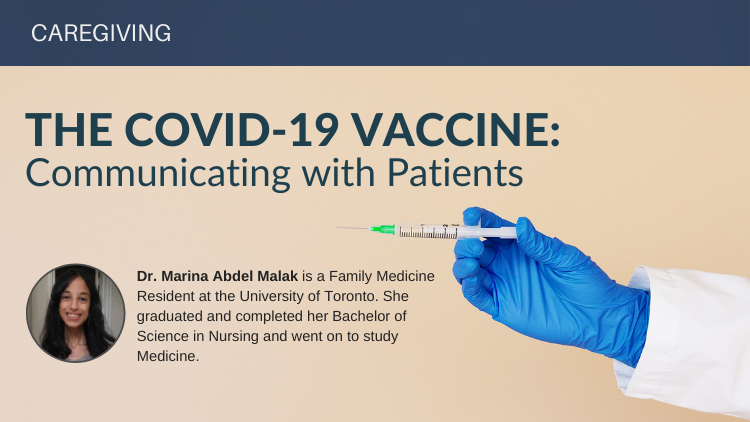Mazen S. Bader, MD, FRCPC, MPH, Department of Medicine, Division of Infectious Diseases, Memorial University of Newfoundland and Labrador, St. John’s, NL.
Daniel Hinthorn, MD, FACP, Department of Medicine, Division of Infectious Diseases, University of Kansas Medical Center, Kansas City, KS, USA.
Preventive health interventions are key to maintaining the health and good function of older adults. Despite being safe and a highly effective method of preventing certain infectious diseases, vaccination rates among older adults continue to lag behind national goals. Vaccines for older adults can be divided into three categories: those that are required for all older adults, those that may be required for special circumstances, and those that are required for travel. Physicians should be familiar with the indications, contraindications, and adverse effects of commonly used vaccines among older adults. This article will focus only on the vaccines required for all older adults.
Key words: vaccines, older adults, influenza, pneumococcal vaccine, herpes zoster, tetanus.


